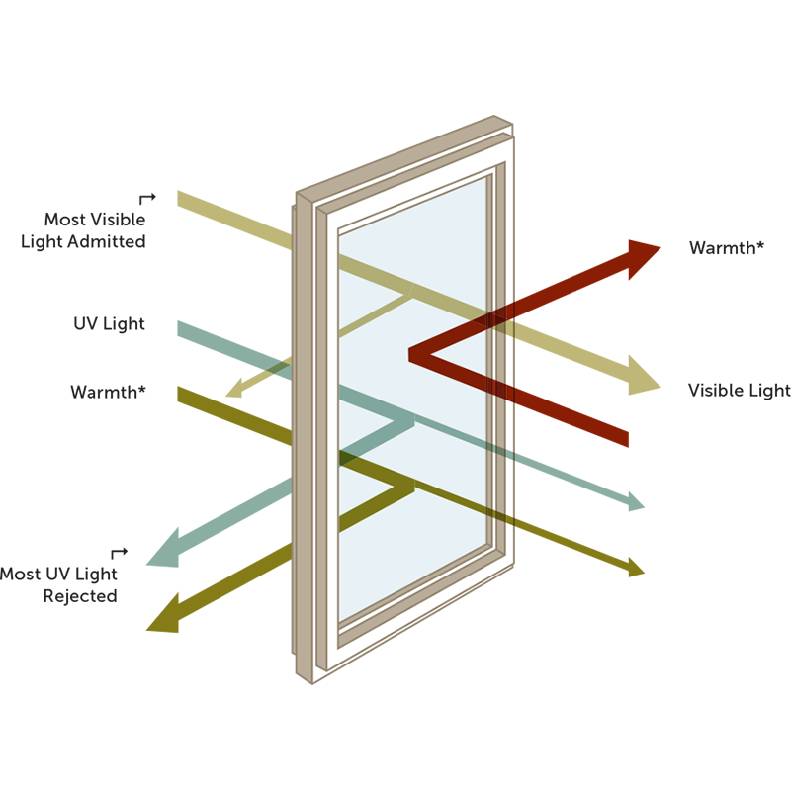

Tempered Glass Sheet An Essential Material for Modern Architecture
Tempered glass, commonly referred to as toughened glass, is a type of safety glass that has been heat-treated to improve its strength and thermal resistance. An increasing number of architects and builders are turning to tempered glass sheets due to their numerous beneficial properties, making them a preferred choice in contemporary construction and design.
The process of manufacturing tempered glass involves heating standard glass to over 600 degrees Celsius and then rapidly cooling it. This thermal treatment alters the internal structure of the glass, making it significantly stronger than untreated glass. As a result, tempered glass sheets can withstand higher levels of stress and impact, making them ideal for a variety of applications. They are up to five times stronger than regular glass, allowing for larger panes without the risk of breakage.
One of the most appealing features of tempered glass is its safety profile. When broken, tempered glass shatters into small, blunt pieces rather than sharp shards, reducing the likelihood of injury. This property makes it an excellent choice for public buildings, commercial spaces, and homes where safety is a primary concern. Furthermore, its enhanced durability contributes to the overall longevity of architectural installations, resulting in decreased maintenance costs over time.

Another significant advantage of tempered glass sheets is their energy efficiency. Modern glass manufacturing techniques allow for the incorporation of various coatings that improve thermal insulation and reduce UV radiation. This capability not only helps in regulating indoor temperatures but also protects furnishings and flooring from fading due to UV exposure. In an era where sustainability is a top priority for builders and consumers alike, using tempered glass can contribute to greener building practices.
Moreover, tempered glass is highly versatile, lending itself to various applications such as facades, shower enclosures, glass doors, and balustrades. Its aesthetic appeal allows for seamless integration into any design scheme, from minimalist styles to more elaborate architecture. The transparent nature of glass creates a sense of openness, allowing natural light to flood interiors while providing unobstructed views of the outside world.
In addition to its practical benefits, tempered glass is also highly customizable. Available in a vast range of thicknesses, tints, and finishes, designers can tailor glass sheets to meet specific project needs. From frosted finishes for privacy to colored tints for aesthetic appeal, tempered glass can enhance both form and function.
In conclusion, tempered glass sheets are a fundamental component in modern architecture and design. With their superior strength, safety characteristics, energy efficiency, versatility, and aesthetic flexibility, they meet the demands of contemporary building projects. As construction trends continue to evolve toward sustainability and safety, tempered glass is likely to remain a staple material for architects and builders around the world, contributing to a safer and more visually appealing built environment.